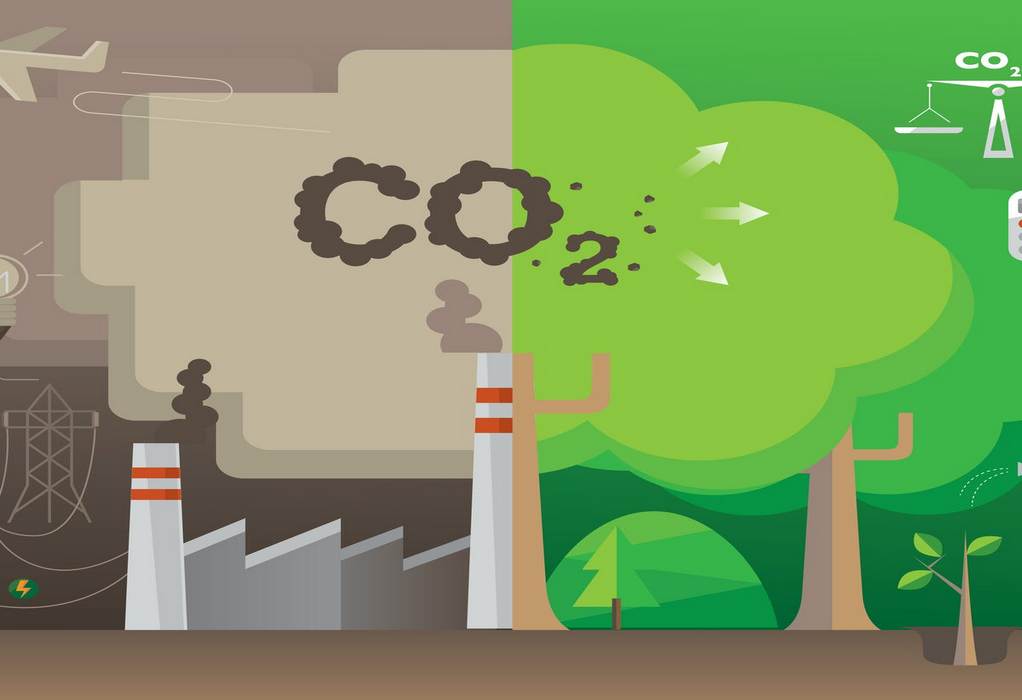India will require a total investment of $10.1 trillion to achieve net-zero emissions by 2070, while the nation could face a shortfall of $3.5 trillion, a study by CEEW Centre for Energy Finance (CEEW-CEF) said.
At the recently concluded COP26, Prime Minister Narendra Modi announced India’s aim to achieve net-zero emissions by 2070.
“India would need cumulative investments of $10.1 trillion to achieve net-zero emissions by 2070, according to an independent study released today by the CEEW Centre for Energy Finance (CEEW-CEF),” a statement said.
According to the statement, these investments would help decarbonise India’s power, industrial, and transport sectors. However, the first-of-its-kind study also estimated that India could face a significant investment shortfall of $3.5 trillion to achieve its net-zero target.
Hence, investment support of $1.4 trillion, in the form of concessional finance, would be required from developed economies to mobilise foreign capital that bridges the gap, it suggested.
The study also highlighted that the majority of the investments would be needed to transform India’s power sector. Such investments, totalling $8.4 trillion, will be required to significantly scale up generation from renewable energy and associated integration, distribution and transmission infrastructure, the statement said.
Another $1.5 trillion will have to be invested in the industrial sector for setting up green hydrogen production capacity to advance the sector’s decarbonisation, it added.
At COP26, India announced bold near-term and long-term climate targets. Our analysis finds that a transition to net-zero emissions would require mammoth investment support from developed countries.
Developed countries must ramp up hard targets for climate finance over the coming years. Also, on the domestic front, financial regulators like RBI and SEBI need to create an enabling ecosystem for financing India’s transition to a green economy.
Finally, given the size of the investments required, private capital, from both domestic and international institutions, should form the bulk of investment, while public funds should play a catalytic role by de-risking investments in existing and emerging clean technologies, Arunabha Ghosh, CEO, CEEW, said.
The study also pointed out that India’s $1.4 trillion concessional finance requirement would not be uniformly spread across the five decades till 2070.
The average annual concessional finance requirement would vary from $8 billion in the first decade to $42 billion in the fifth decade. India’s 2070 net-zero target is a bold commitment that would not only contribute to global decarbonisation efforts but would also shape how businesses and jobs of the future would look like.
Traditional domestic and foreign sources such as domestic banks and non-banking financial companies (NBFCs), and debt capital markets – both local and international – would not be able to fund the massive investments needed by themselves.
Therefore, access to foreign capital on concessional terms would have to play a key role, Vaibhav Pratap Singh, Programme Lead and lead author of the study, said.
According to the study, India’s total installed solar power capacity would need to increase to 5,630 gigawatts by 2070. The usage of coal, especially for power generation, would need to peak by 2040 and drop by 99 per cent between 2040 and 2060, it stated.
Further, crude oil consumption across sectors would need to peak by 2050 and fall substantially by 90 per cent between 2050 and 2070. Green hydrogen could contribute 19 per cent of the total energy needs of the industrial sector, it added.
Source: Moneycontrol.com
Tags: COP26, Decarbonisation, India, Net zero Emissions



Recent Posts
Himachal Pradesh Plans Major Boost to Public Transport with E-Buses and Digital Upgrades
Ammonia-Fueled Container Feeder Design Marks Progress in Maritime Decarbonisation
ABS Develops Industry-Leading EV Battery Fire Simulation Modeling
Wilhelmsen Ships Service Joins the Maritime Battery Forum to Accelerate Maritime Electrification
Indian Student Team Wins Communication Prize at Monaco Energy Boat Challenge 2025
Babcock’s LGE Business Secures Contract for Marine Ammonia Fuel System to Advance Shipping Decarbonisation
Associated Terminals Deploys Liebherr’s All-Electric Cranes in Landmark Move Toward Cleaner Cargo Handling
Sanmar delivers fully electric emissions-free tug to major global operator Svitzer